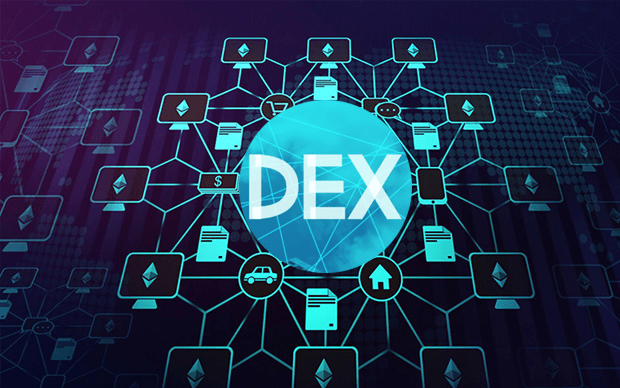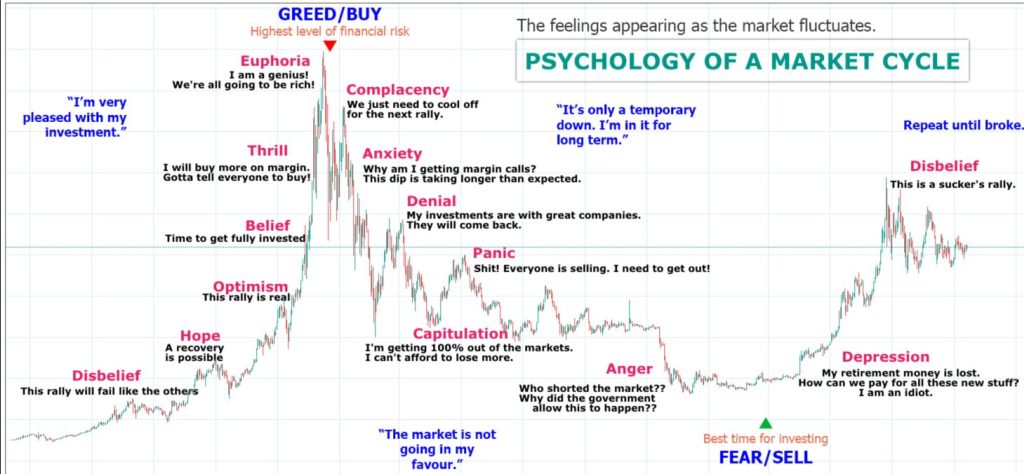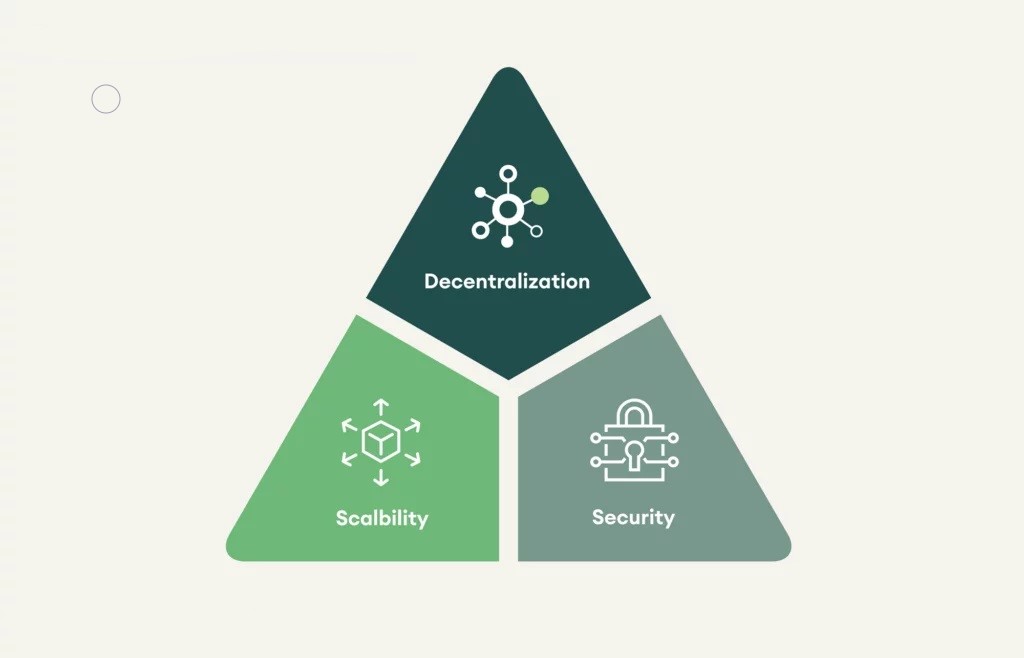Open Editions vs. Limited Editions
When it comes to NFT collections, the way they are released can significantly impact their value and appeal. Here’s a breakdown of the differences between open edition and limited edition NFT sales:
Limited Editions
Limited edition NFTs are collections with a predetermined number of pieces. Once these are minted, no more can be created. This approach is common for high-profile NFT projects such as Bored Ape Yacht Club, Doodles, and Azuki, which have collections capped at exactly 10,000 NFTs. These limited editions often come with a higher price tag and emphasize the goal of selling out quickly. There’s also a special type of limited edition known as one-of-one NFTs, where only a single, unique NFT exists.
Open Editions
Open edition NFTs, on the other hand, do not have a set cap on the number of tokens that can be minted. Instead, these collections are available for minting during a specific time frame. Once this period ends, the number of minted NFTs becomes the total supply. For example, if an open edition collection is available for 24 hours and only three NFTs are minted in that time, the collection is permanently capped at those three NFTs. Creators might also limit the number of mints per wallet to maintain scarcity.
Pros of Open Editions
Open editions can make an NFT project more accessible to a wider audience. This inclusivity is particularly beneficial for well-known digital artists like XCOPY and Grant Riven Yun, who have successfully used open editions to reach new collectors who may have been priced out of their previous, more limited collections.
Cons of Open Editions
However, there are drawbacks. Open editions tend to be most successful for artists with an existing fanbase. If a large number of NFTs are minted during an open edition sale, the overall collection might be seen as less valuable in the long run due to the increased supply.
Conclusion
Open edition NFT sales offer a flexible approach to minting NFTs, balancing accessibility and potential scarcity. While they can help artists and projects reach a broader audience, they also pose risks of oversaturation, which can impact long-term value.



